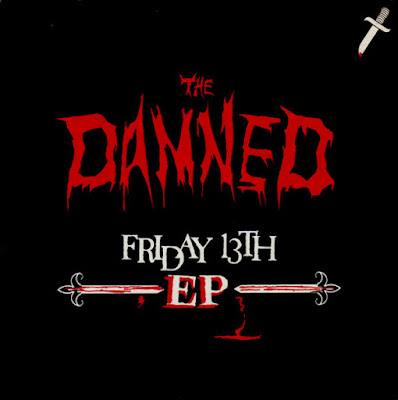
Three weeks at number one from 9th January 1982
There’s a sketch in the series “Big Train” which portrays Ralph McTell struggling to engage with an audience who only want to hear his hit “Streets of London”. Whenever he begins to play anything else, everyone gasps in astonishment at his audacity, and begins heckling furiously until he is forced to concede and play the song again. And again.
It does a brilliant job of sending up the plight of talented songwriters who are mainly known for their one huge success – for make no mistake, McTell was (and is) damn good. He’s the closest Britain ever came to producing a Gordon Lightfoot styled folk singer, and at his very best his work intertwines beautiful storytelling with intricate finger-picked guitar lines. The actual B-side of “Streets Of London”, “Summer Lightning”, could have acted as a point of entry to anyone wanting to journey further into his catalogue, and the album that was plucked from (“Easy”) contains other material like “Maginot Waltz” whose unexpected lyrical conclusion acts as a stab to the heart.
His slightly undeserved "one hit wonder" status very nearly didn’t happen for him at all – he didn’t regard “Streets of London” as a contender for either of his first two albums when he first penned it in the sixties, deeming the subject matter too depressing. The producer Gus Dudgeon persuaded him otherwise and got him to record it in simple acoustic form for his second album “Spiral Staircase”, issued on the independent Transatlantic Records in 1969.
From there on, “Streets of London” began to slowly grow in popularity, becoming a track that other folk performers sang in pubs and clubs. A ripple effect was created in the process, elongating its life far beyond the usual lifespan of a track from an (at best) cultish folk album.
Thanks to its burgeoning reputation, McTell finally released it as a single in a swollen, more intricately produced form on the Warner Brothers subsidiary Reprise in 1974, and it climbed to number two in the national charts early the following year. That version is disliked by some purists for its wintery choral embellishments which could be argued to treacle up the song and over-embellish the point; the unvarnished 1969 recording is the one most folkies would point you towards.
I have to be honest, the production – whether raw and authentic or luxurious and icy - has never been the central issue for me. As much as I love McTell’s voice and the sumptuous melodies, and even some of the observational aspects of the verses, the chorus is a slightly unnecessary slap in the face. We’re expected to believe that because homelessness and human suffering exists, all other emotional reactions to personal tragedies, depression or emptiness are null and void. “How can you tell me you’re lonely?” pleads McTell. “Very easily actually, Ralph”, the listener could be forgiven for replying. “My Mum died last month and my partner is being an unsympathetic arse. And no, I don’t think your idea of a tramp pointing session in Central London is going to make me feel better, thanks all the same.”
The central philosophy to “Streets of London” is rather too abrupt and facile, the musical equivalent of your irritating work colleague sneering “First world problems” when you tell them your car didn’t start that morning, or perhaps even Bono’s Band Aid cry of “Tonight thank God its them instead of you” stretched to an entire song. Unlike McTell’s best work, it’s an unsurprising and simplistic narrative, and that’s probably why it did so well commercially. The mass market generally only tends to have time for folk music when it tilts heavily towards sentimentality. Bert Jansch, who performed on the 1974 version of the track, stated that unlike McTell's other work it had “no mystery”, which feels like a fair assessment.
The public adored the song's simple, sharp message, though, and the track simply wouldn't fade from view, eventually becoming bashed about by so many honking buskers and amateur performers that it felt inescapable. Victoria Wood took aim at its ubiquity in the eighties, featuring it in a sketch about care homes, where every single example of live residential entertainment involved terrible musicians singing the song in an inappropriately cheery fashion.
By the time enough wannabe Dylans got their plectrums around it, McTell’s gentle baritone had been replaced in the public’s consciousness with a street poet rasp – so by 1982, your average British provincial High Street might have featured two things; a busker straining his way through “Streets of London” outside WH Smith, harmonica strapped around his neck, while 100 yards further down, a group of young mohicaned town punks sat throwing crisps at each other outside a branch of Presto. That halfway point, within earshot of both the wannabe beatnik and the teenage Sid Vicious wannabes, is where the Anti Nowhere League come in (finally).





